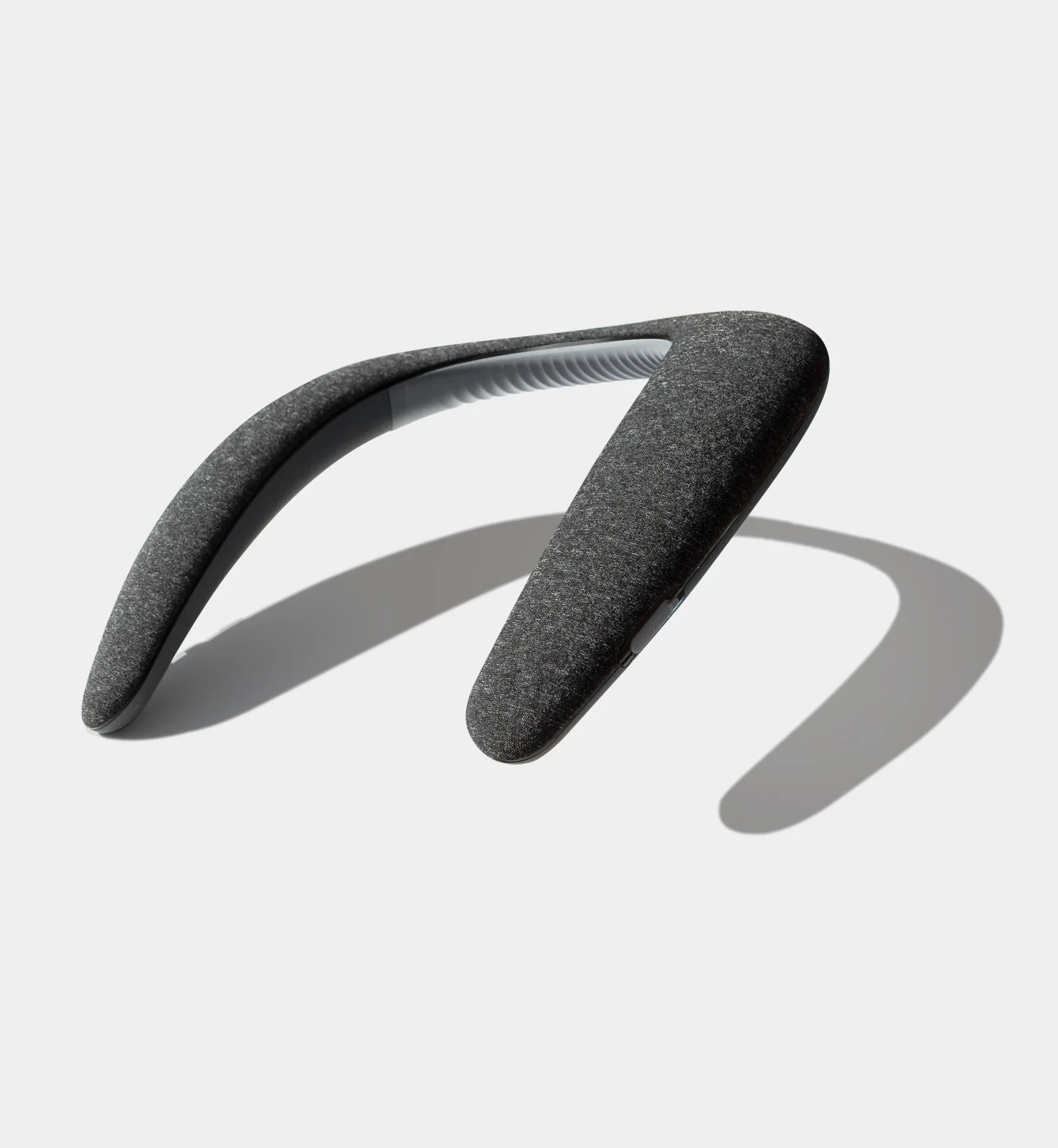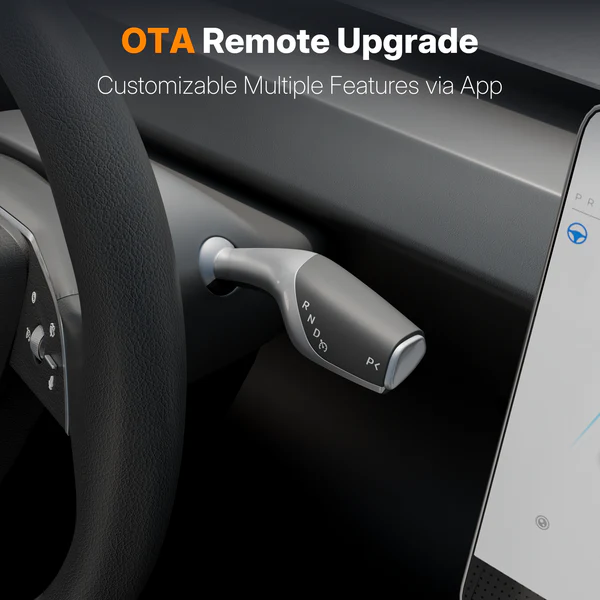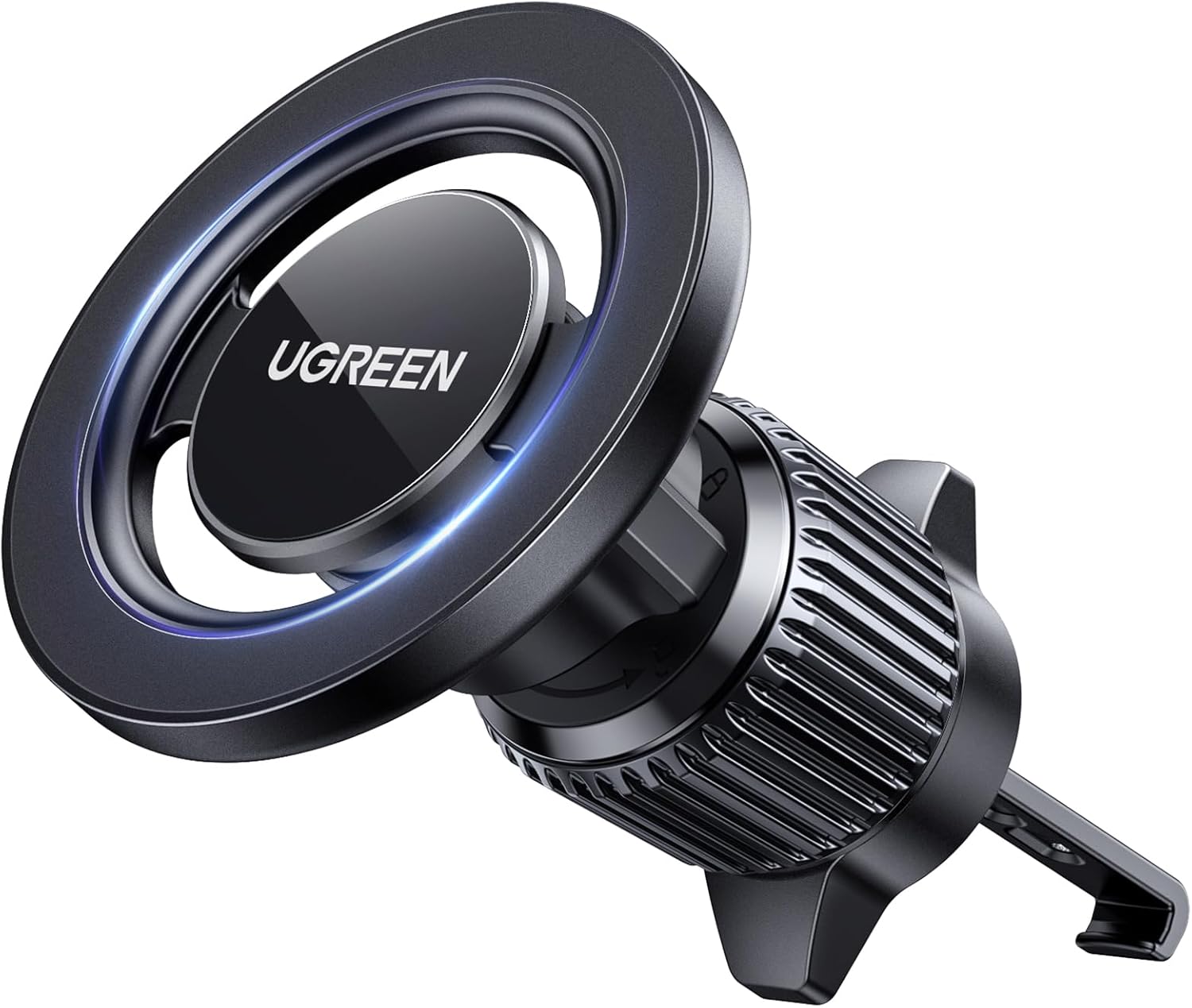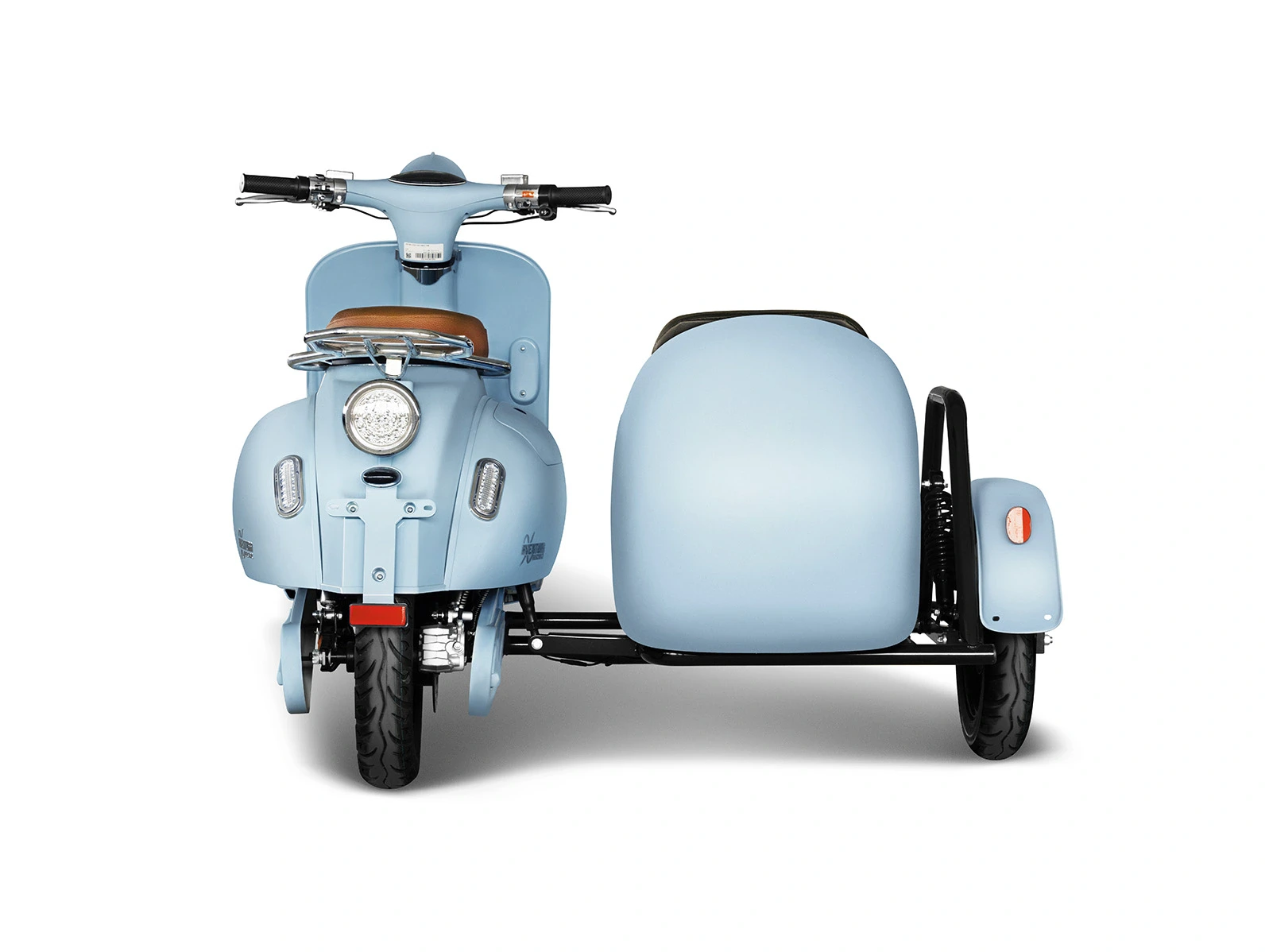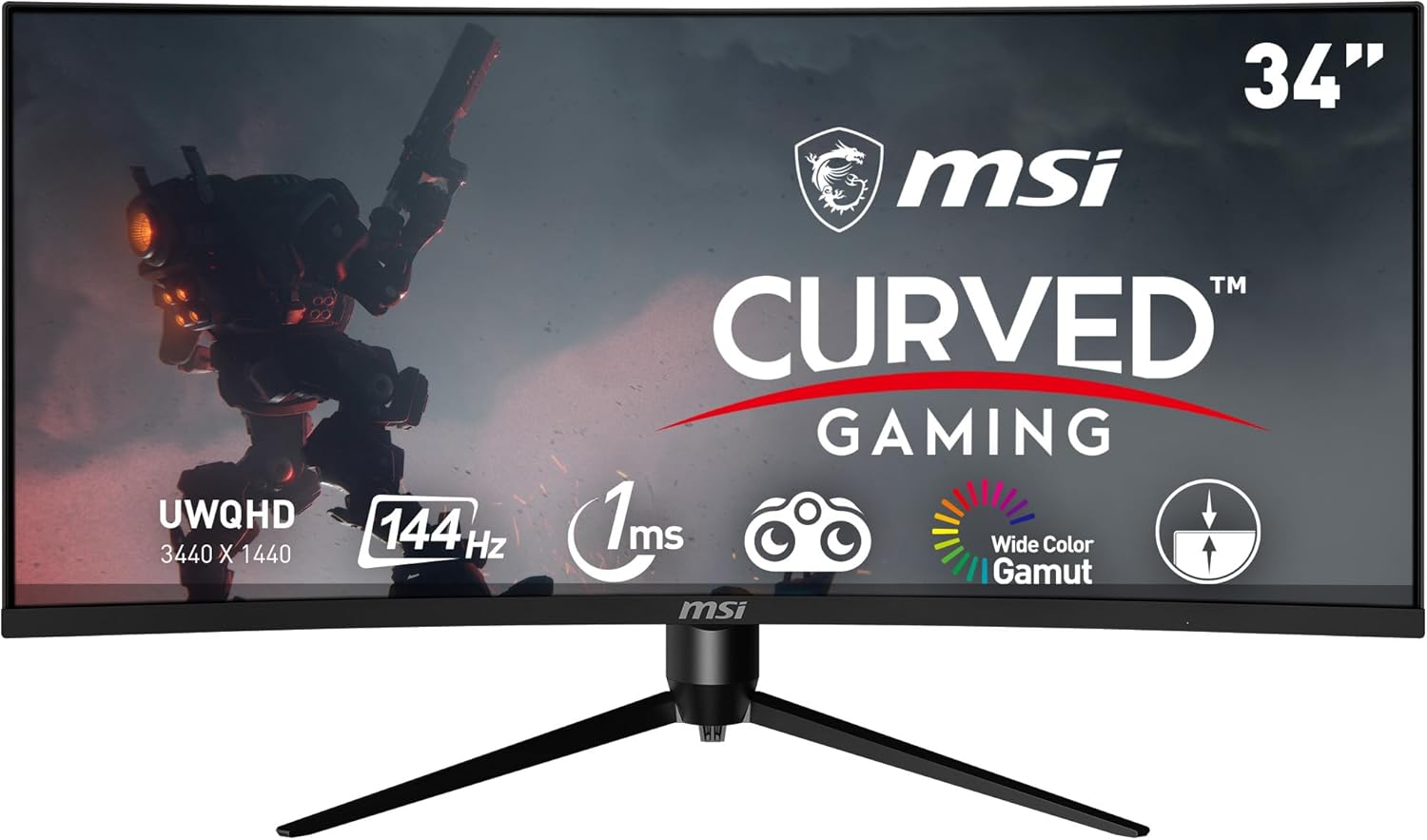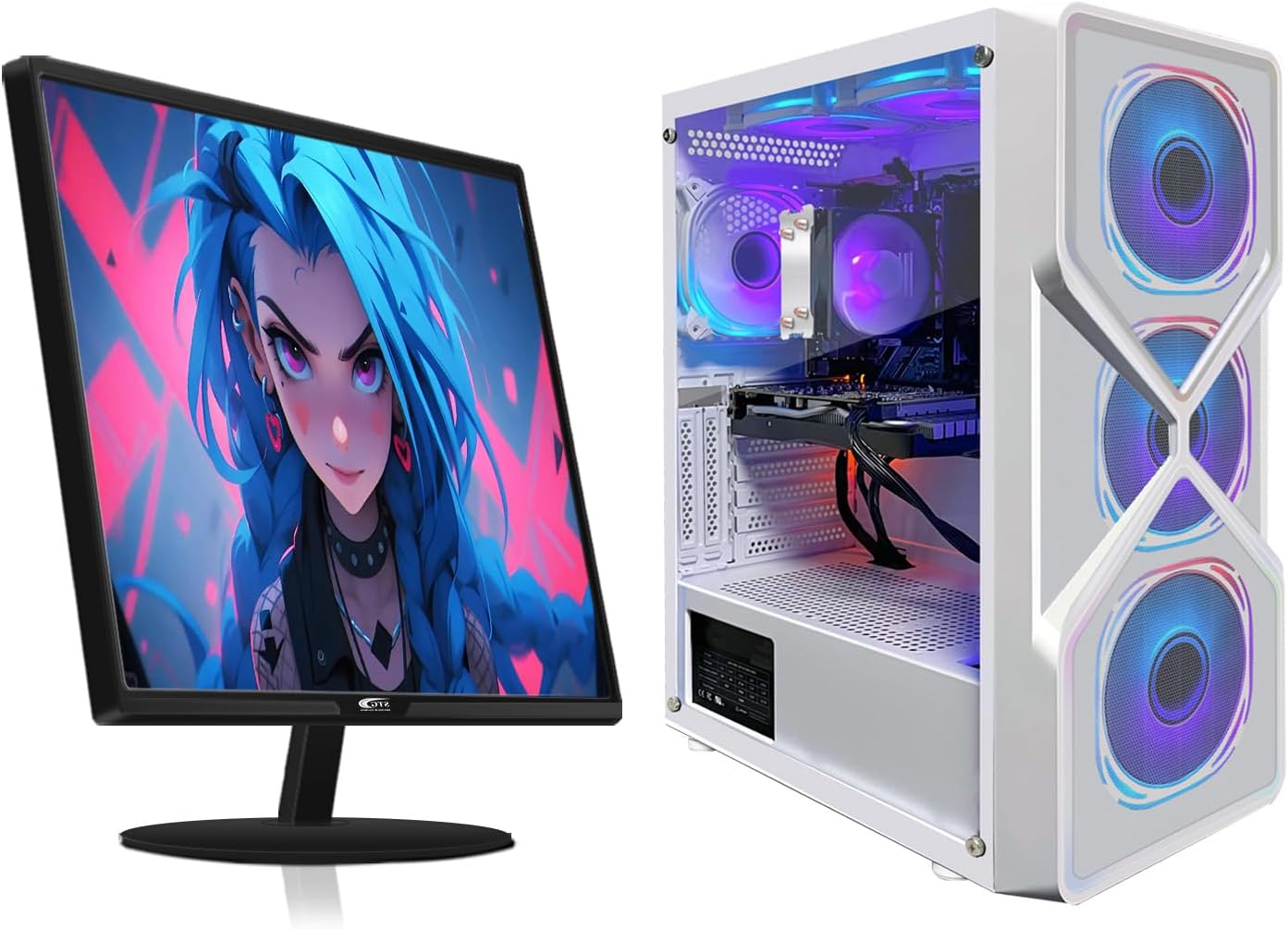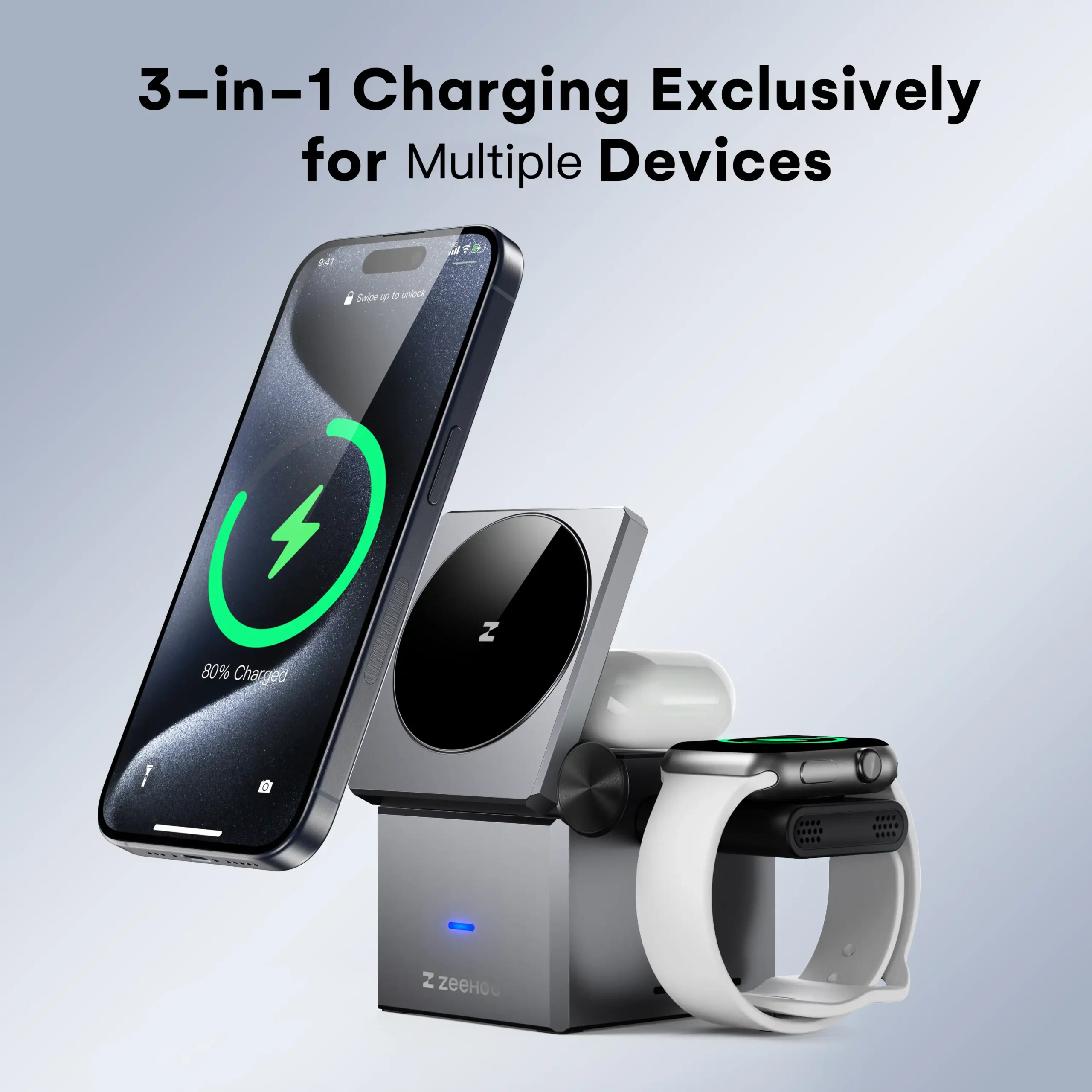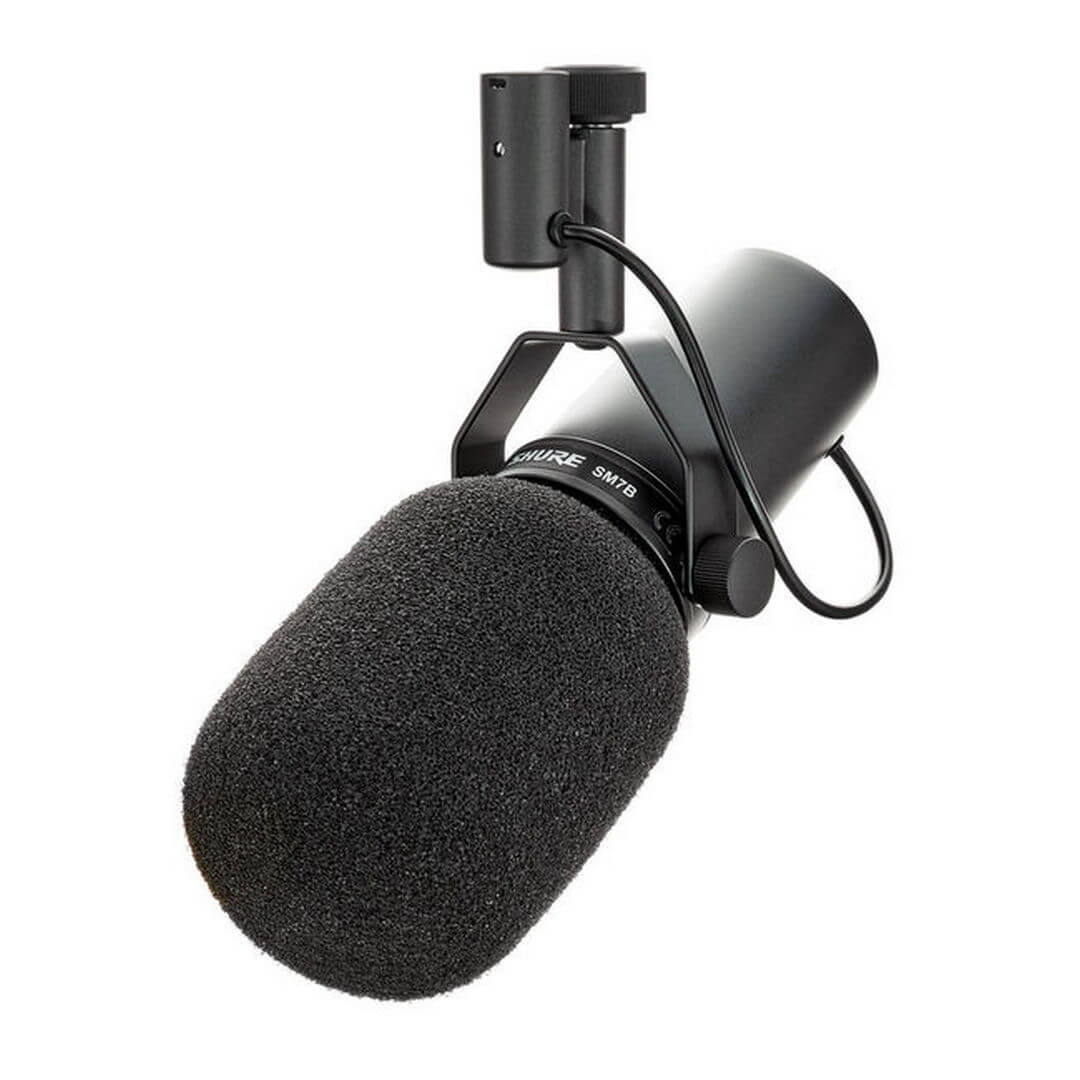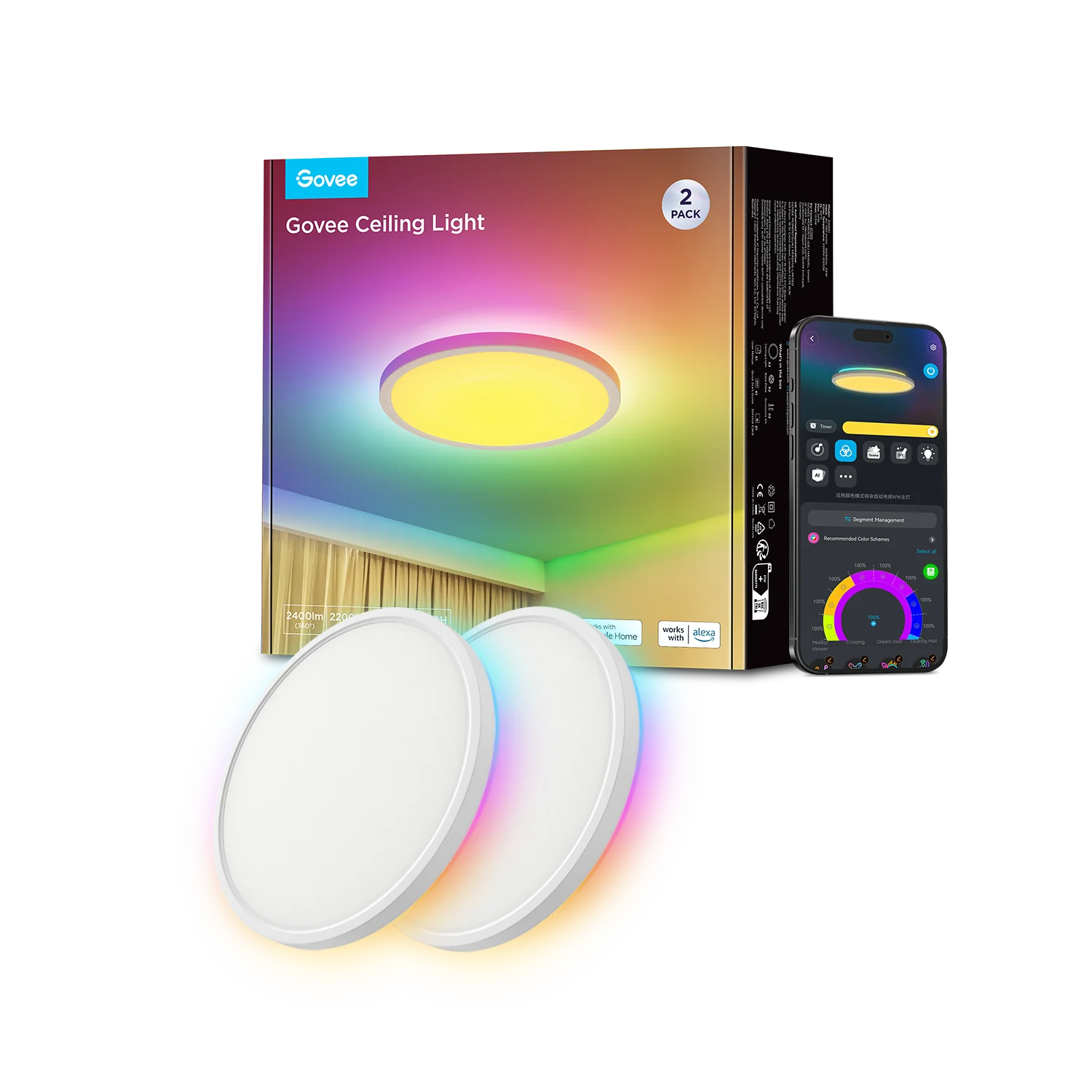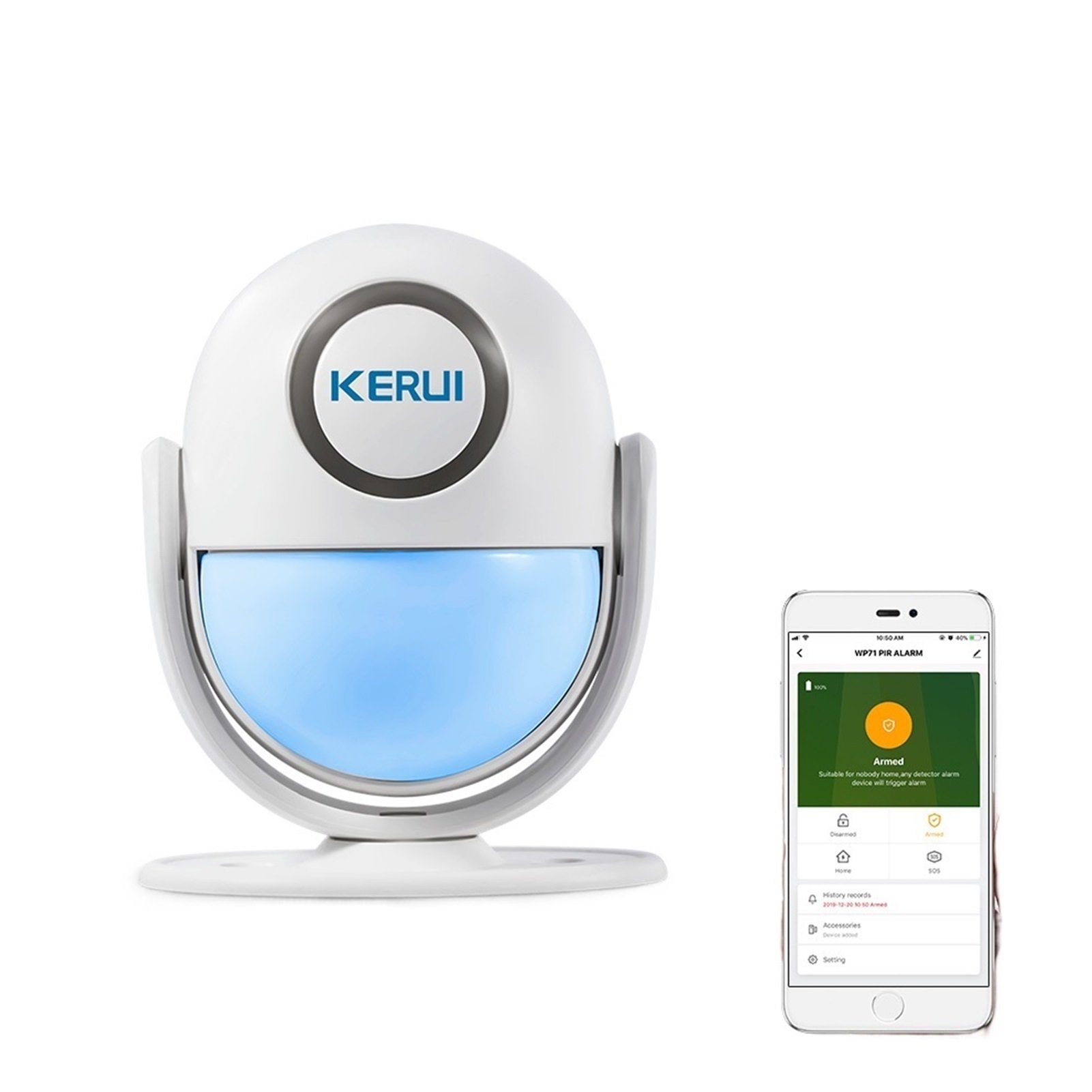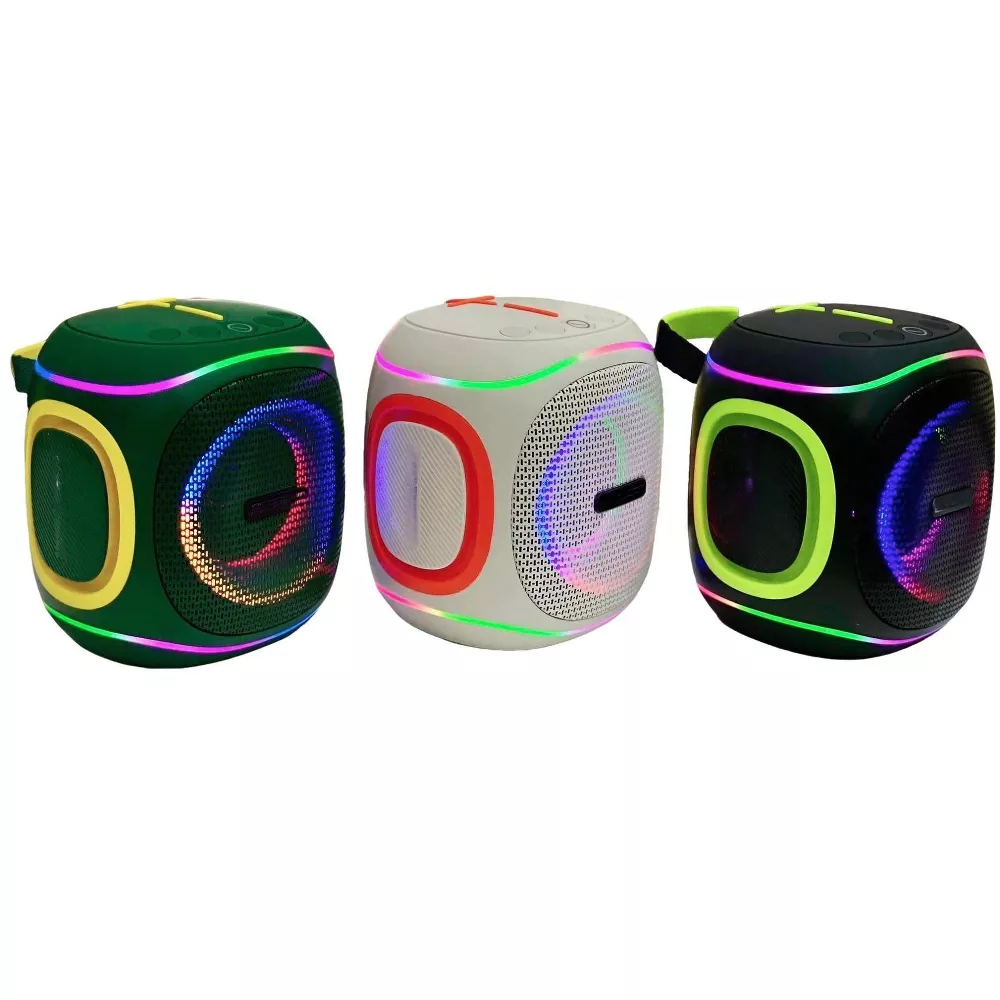Buying a gaming desktop should feel like leveling up, not rolling the dice. In this article, we’ll turn spec sheets into plain English so you can lock in the right performance for the games and monitors you actually use. We’ll use NVIDIA Gaming PCs as our north star for balanced builds that deliver smooth frames now and leave room for upgrades later.

Start With Your Screen: Resolution Drives Everything
Before you obsess over teraflops, look at your monitor. If you play at 1080p, you can prioritize high refresh (144–240 Hz) with leaner GPU tiers and still hit esports-grade smoothness. 1440p is the modern sweet spot: crisp detail, high refresh, and reasonable GPU requirements. 4K looks glorious for cinematic single-player titles, but it demands heavier graphics horsepower. Choose your target resolution/refresh first; then match a card class accordingly inside the NVIDIA Gaming PCs lineup.
Why NVIDIA? Ray Tracing + DLSS = Playable Beauty
Ray tracing brings lifelike lighting, shadows, and reflections—but it’s demanding. NVIDIA’s X-series architecture (think modern RTX families) pairs ray tracing cores with DLSS (Deep Learning Super Sampling) to claw back frames by upscaling intelligently. Translation: you keep cinematic effects without turning your game into a slideshow. For competitive titles, turn DLSS to “Quality” at 1440p and enjoy “free” FPS; for single-player eye candy, enable RT and let DLSS maintain fluid motion.
VRAM: How Much Do You Really Need?
VRAM is a GPU’s fast memory for textures and assets. For 1080p competitive play, moderate VRAM is fine. For 1440p with high-res textures and big open worlds, more VRAM prevents stutters when you pan quickly or enter dense areas. For 4K or heavy modding, step up again. Bottom line: aim higher if you love texture packs, photo-mode screenshots, or multitasking with streams and browsers in the background.
CPU: Don’t Bottleneck Your Frames
Games are sneaky: open-world sandboxes hammer the CPU with AI and draw calls, while arena shooters lean more on the GPU. Pair your chosen GPU with a current-gen 6–8 performance-core CPU for 1080p/1440p and 8–12 cores if you stream, edit, or chase max FPS at 1080p (where the CPU often gates performance). Balanced NVIDIA Gaming PCs keep this pairing sane so the graphics card can stretch its legs.
Cooling and Noise: Quiet Wins Are Still Wins
Heat is the silent frame thief. A tower with two to three front intakes and one rear exhaust establishes healthy airflow; a 240–360 mm AIO or a high-end air cooler keeps CPU temps predictable. Modern NVIDIA cards benefit from cases with direct front-to-GPU airflow. If you’re sensitive to noise, pick larger, slower-spinning fans and a case with smart acoustic treatment. Quiet rigs feel faster because you don’t notice them working.

Power Supply: Overhead Is Insurance
Cheap PSUs are the root of mysterious crashes. Choose an 80+ Gold (or better) unit from a reputable platform and budget sensible headroom above your system’s peak draw. That headroom improves efficiency at typical loads and leaves space for a future GPU upgrade. Modular cabling also keeps the interior tidy, which improves airflow.
Storage: Fast Loads, Fast Patches, Fast Everything
Once you’ve lived on NVMe PCIe SSDs, there’s no going back. Use a 1 TB SSD for the OS and your current rotation of games, plus another 1–2 TB for the library. Keep a SATA SSD or HDD for archives and media. Fast storage matters not only for loading screens but also for asset streaming in modern engines—less pop-in, more wow.
Memory: Capacity, Speed, and Reality
16 GB still plays, 32 GB breathes. If you alt-tab between Discord, Chrome, and photo apps—or mod heavy titles—32 GB eliminates subtle hitches. Prioritize a stable XMP/EXPO profile rather than chasing extreme memory clocks that turn into troubleshooting. A good CL timing at a sensible frequency beats a fragile overclock.
Connectivity and Quality-of-Life
Built-in Wi-Fi 6/6E, Bluetooth for controllers/headsets, and USB-C on the front panel save adapters and headaches. If you record or stream, check for extra USB ports and a case that doesn’t hide them behind a maze. Inside, quality motherboards add PCIe lanes, M.2 slots, and robust VRM cooling so upgrades remain painless.
Software Setup: Five Tweaks for Free Frames
- Update GPU drivers with clean-install options.
- Set your monitor to its native refresh in Windows and the control panel.
- In games, tune DLSS/FSR, cap FPS to your display if you prefer cooler/quieter.
- Enable Resizable BAR/Smart Access Memory if supported.
- Keep background apps lean; overlays and RGB suites can nibble at frames.
Budget Tiers That Make Sense (Not Hype)
- Performance-1080p / Entry-1440p: Great for esports and most AAA titles with a mix of High/Ultra settings.
- High-Refresh 1440p: The modern sweet spot—crisp image, 120–165 Hz smoothness, RT with DLSS when you want it.
- 4K Enthusiast: For big-screen single-player grandeur; RT is selectable per title and DLSS keeps it playable.
The NVIDIA Gaming PCs range usually maps cleanly to these tiers—choose by monitor and favorite games, not by vanity metrics.

Peripherals: Don’t Undersell Your Hands and Eyes
A 144–240 Hz monitor is the biggest feel-change after the GPU. Pair it with a low-latency mouse, a tenkeyless mechanical keyboard if you need desk space, and a comfy headset with clear mids for footsteps and dialogue. If you play long sessions, invest in a chair that supports neutral posture and keeps shoulders relaxed—comfort is consistency.
Cable Management, Air, and Dust
Neat cables are more than aesthetics: fewer obstructions mean cooler components. Use the case’s grommets and Velcro channels, and leave a little service loop for GPU upgrades. Add a magnetic dust filter on top if your case doesn’t include one. A quick monthly blast with a hand blower prevents the slow creep of heat and noise.
Upgrade Path: Plan the Next Two Years Today
Think in swappable blocks: GPU is the headline upgrade, storage is the stealth one, and memory is the easiest. Choosing a case with GPU clearance and a PSU with spare wattage makes tomorrow cheap. Motherboards with extra M.2 slots and a spare PCIe x4 lane are future gifts to yourself.
Troubleshooting Playbook (So You Don’t Panic)
- Micro-stutters? Check background apps and enable a frame cap matching your display.
- Crashes under load? Test RAM with a quick pass, reseat GPU power, verify PSU headroom.
- High temps? Re-paste CPU every couple of years, re-apply fan curves, and confirm front fans pull in while rear/top push out.
- Game looks smeary? Ensure you’re at native resolution and disable aggressive motion blur.
Sustainability and Power Awareness
High FPS thrills; wasted watts don’t. A slightly lower frame cap (e.g., 141 on a 144 Hz panel) reduces spikes, heat, and fan noise. Modern NVIDIA drivers and game settings let you dial efficiency without gutting smoothness. Your ears—and electricity bill—will notice.
A Smart First-Boot Checklist
Unbox, verify no loose brackets, seat power cables fully, update BIOS if needed, install OS on the fast NVMe, run chipset & LAN/Wi-Fi drivers, then GPU drivers. Load XMP/EXPO, set fan curves, install your storefronts, and benchmark one title you actually play. If it feels great there, it’ll feel great elsewhere.
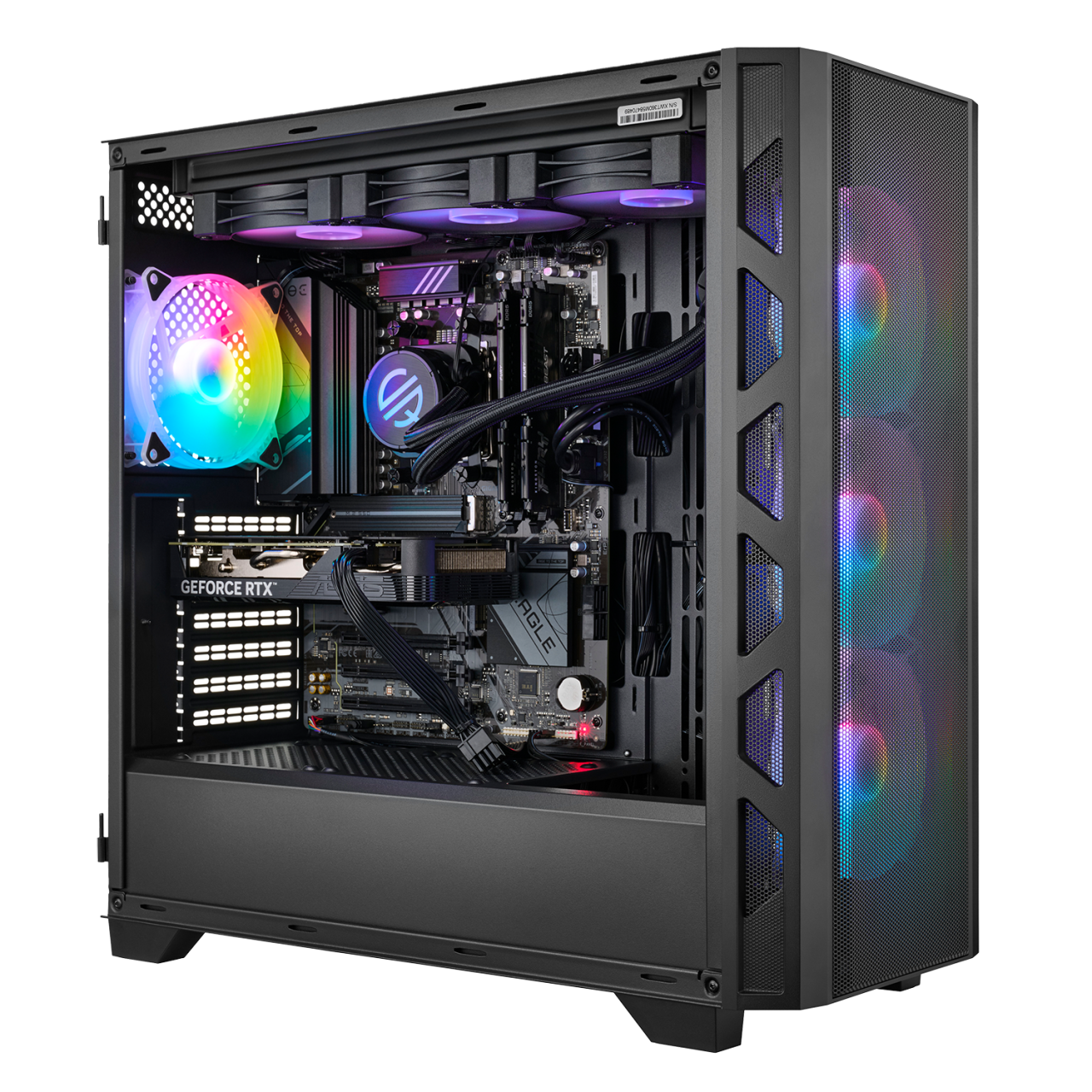
Conclusion
A great gaming PC is the one that matches your monitor, genres, and tolerance for fuss. Pick your resolution and refresh target, size the GPU and VRAM to that goal, keep the CPU and cooling balanced, and leave wattage and physical space for tomorrow’s GPU. With the curated builds inside NVIDIA Gaming PCs, you get sensible parts, fast storage, clean airflow, and an upgrade path that won’t paint you into a corner. Set it up once, tweak lightly, and enjoy the kind of smooth, confident play that makes “one more level” inevitable.
FAQ
- How do I choose between 1440p high refresh and 4K?
If you love competitive shooters, 1440p at 120–165 Hz feels transformative. For cinematic single-player games on a big screen, 4K is stunning—pair it with DLSS. - Is 32 GB of RAM overkill?
Not anymore. It smooths multitasking, modded games, and streaming. 16 GB still works, but 32 GB is the comfortable long-term choice. - Do I need water cooling?
Not required. A quality air cooler can be quiet and powerful; AIOs shine in compact cases or for aesthetic builds. Prioritize case airflow first. - How big should my PSU be?
Choose a reputable 80+ Gold unit with headroom for a future GPU upgrade. Stable power prevents crashes and coil whine under spikes. - What’s the point of NVMe over SATA SSD?
Much faster loads and snappier installs. Games stream assets more cleanly and patches finish sooner. - Will DLSS hurt image quality?
In Quality mode at 1440p/4K, most players prefer the performance-to-clarity balance. Tweak per game; you can switch it off anytime. - My temps look high—when should I worry?
Brief spikes are normal. Sustained CPU or GPU temps bumping thermal limits under modest loads suggest airflow or paste issues—check fans and dust. - Can I stream and game on the same PC?
Yes. A modern multi-core CPU plus NVENC encoding on NVIDIA GPUs makes streaming smooth with minimal FPS hit. - Do I need Wi-Fi if I have Ethernet?
Ethernet is best for stability; Wi-Fi 6/6E is great for flexibility. Having both onboard is convenient. - How often should I upgrade?
Storage anytime, GPU every few years if your monitor goals change, CPU less often. Build around your screen and favorite games, not hype cycles.


